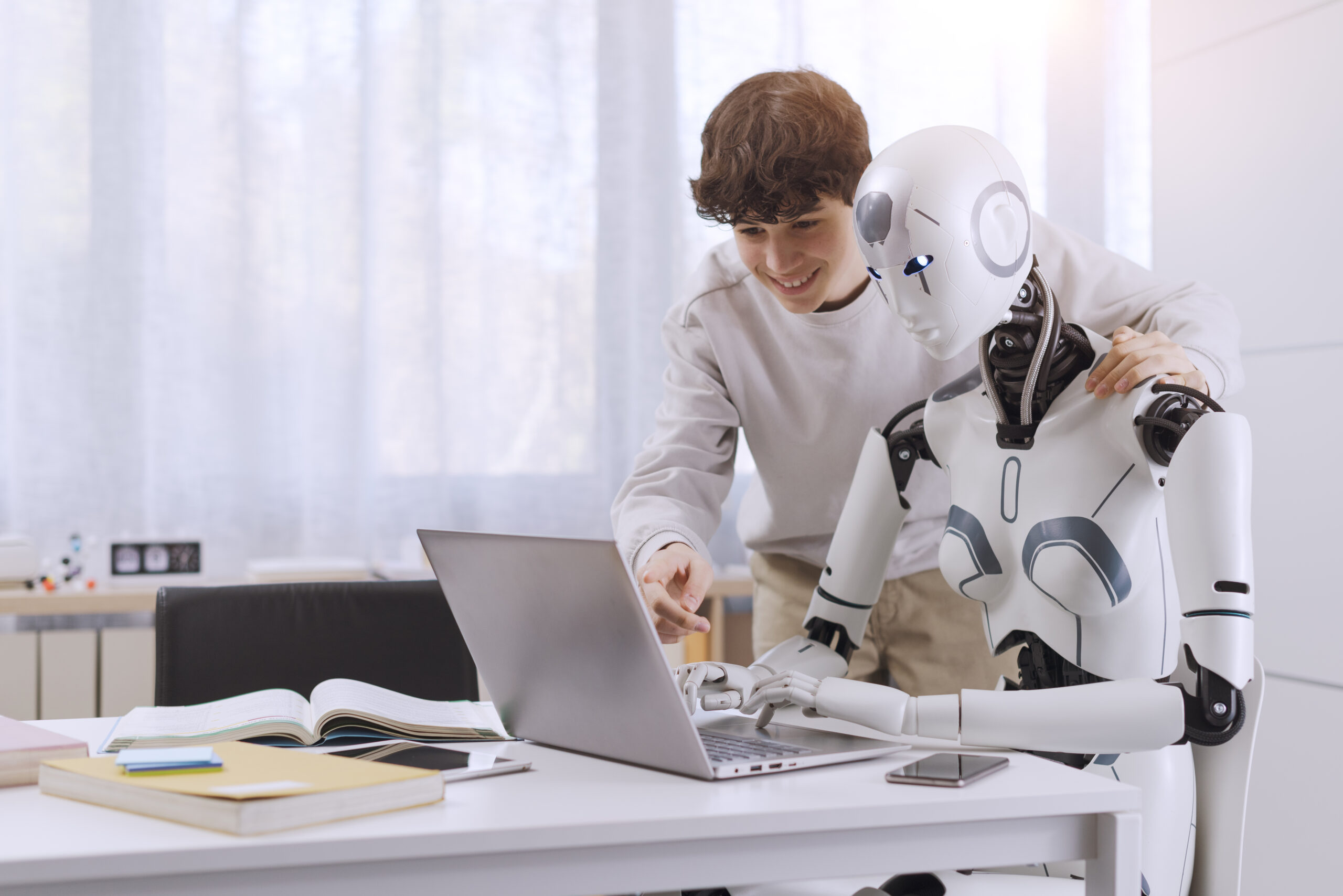The Impact of Generative AI on Work Productivity
Generative artificial intelligence (AI) changes the way people do their jobs by accelerating preexisting processes. As firms introduce this technology, it has a real shot at raising productivity. A fresh November 2024 survey throws new light on how much workers use generative AI and what time it saves them. This article discusses how often generative AI is used and what amount of time it saves, across different occupations and industries, before drawing conclusions about what this means for productivity as a whole. With these results in hand, businesses and workers will be better placed to harness AI in raising work efficiency.
How Often Do People Use Generative AI at Work?
Generative AI is being increasingly adopted as a regular tool in workplaces across the United States. An updated survey, following an earlier one from August, shows that 28% of U.S. workers to any extent used generative AI at work by November 2024. Respondents were asked how often they had used AI in the last week or month on two different measures: how many days per week they used it and how much time each day was spent using it.
Main results are as follows,
- Weekly use– Approximately 9% of workers who used generative AI every workday, and 14% on at least one day but not every workday.
- Daily Use Among those who have used AI in the last month, 31.9% spent an hour or more per workday using it, and 47% used it between 15 and 59 minutes a day.
- Effect on Work Hours: Among workers who used AI in the past week, (i.e. 21.8% of all workers), between 6% and 24.9% of their total work hours for that week were assisted by AI. Across all workers—not just the recent users—1.3% to 5.4% of total work hours involved AI.
How Much Time Does It Take for Generative AI to Save?
By helping workers do their tasks faster, the time saved is very valuable. In a survey conducted in November 2024, workers were asked how many extra hours they would have needed to put in to achieve the same amount of work if AI was not used. Results highlighted,
- Time Saved Per Week: Among workers who used AI in the last week, 20.5% saved four hours or more, 20.1% saved three hours, 26.4% saved two hours, and 33% of them for one hour or less.
- Frequent Users Save More: Workers using AI every workday were more likely to save time. For example, 33.5% of daily users saved four hours or more compared to just 11.5% of those who used it only one day.
- Average Savings About 5.4% of the working hours of AI users were saved, which translates to approximately 2.2 hours per week for a person working a 40-hour week. Across all workers, even those who do not use the system, total work hours saved is about 1.4%.
The reduction in time proves that as a matter of fact, generative AI intervenes and improves the efficiency of workers.
AI Usage and Savings by Job and Industry
The influence of generative AI differs by job and industry. In those roles and sectors where AI can be more heavily used, there will be greater time savings. Below is what the survey came up with:
By Occupation:
- Workers in computer and mathematics occupations applied AI to about 12% of their working hours, thus saving about 2.5% of their time.
- Personal service job workers used AI in 1.3% of their hours with just 0.4% of time savings.
- The higher use of AI in employment, the greater the time savings- for every 10% rise in the use of AI, time savings go up by 1.7%.
By Industry:
- The information services industry had the highest AI usage (14% of work hours) and the most time saved (2.6%).
- Recreation, housing, and other services had the smallest use of AI (2.3%) and saved the least time (0.6%).
These gaps show that AI’s effect relies on the type of job, with tech-heavy fields and roles gaining the most.
Survey Data and Productivity Gains
Survey data and a standard economic model show that generative AI increases overall productivity by about 1.1%. In other words, workers using AI become 33% more productive during the hours in which they use it, on average. This estimate is very much in line with results obtained from experiments testing the impact of AI on productivity.
However, these gains may not fully show up in official productivity statistics yet because many workers use AI informally without the knowledge of their employers. As of February 2024, a study noted that only 5.4% of firms had formally adopted generative AI. If workers use AI to finish their tasks faster and take the extra time as leisure, this improves their well-being. It does not increase measured productivity.
Future Implications of AI Adoption
As companies formally embrace generative AI, the advantages may start showing up more evidently in productivity figures. Businesses will have to change how they structure work to get the full benefit of AI’s potential. This could mean reconsidering workflows, defining new performance standards, or teaching workers how to use AI.
There are broader issues that should be considered:
- Workforce Dislocation: Will AI displace jobs? Will it create new kinds of work?
- Wage Effects: Will AI change how much workers earn?
- Skill Development: Will workers need new skills to keep up with AI?
Conclusion
Generative AI has already begun reducing the number of hours worked by employees in several occupations across different sectors thereby increasing productivity. Results from the survey conducted in November 2024 indicate that AI is a common component of work for many with large time savings particularly in roles that involve a lot of technology. While taking into consideration the upbeat scenario that productivity could rise by 1.1% this requires businesses to formally implement a restructuring process to include Al. As Al takes hold, it will change the way we work and present both an opportunity and challenges going forward







